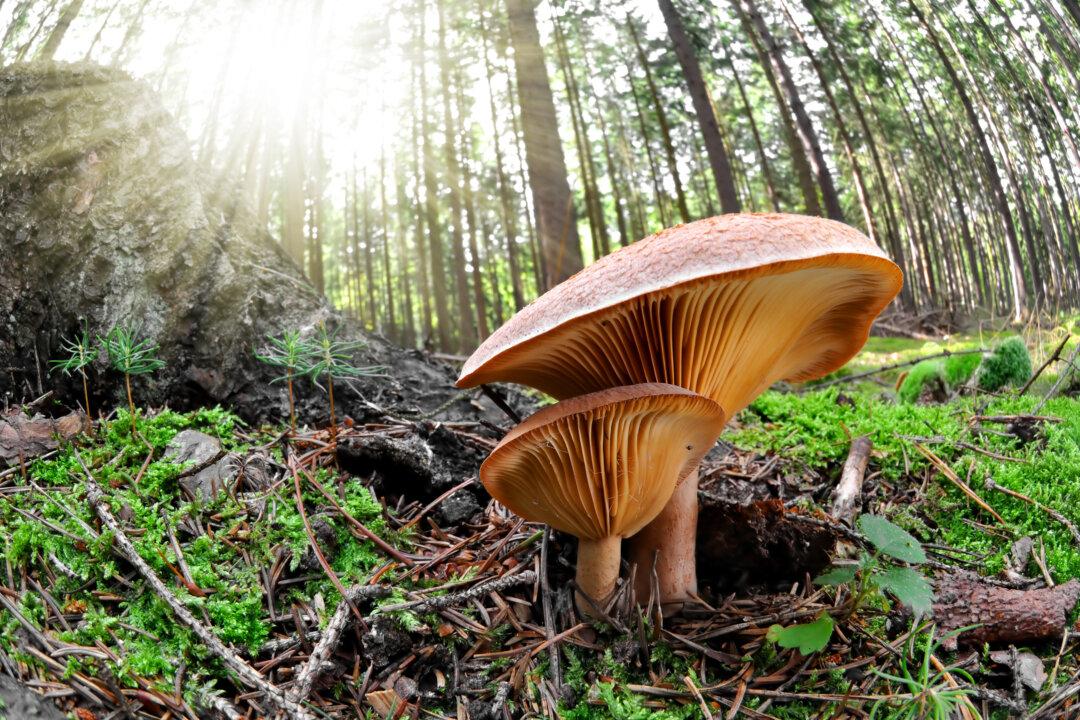Picture a mushroom and you probably imagine the familiar cap and stem shape that grows above ground. However, most of a mushroom’s life actually exists underground as a network of stringy tendrils called mycelium.
Mycelia play a vital role in maintaining the balance of life and death in the ecosystem. But these humble fungi may also lead the way toward a healthier, more sustainable future for human civilization as well.

Most of a mushroom's life actually exists underground as a network of stringy tendrils called mycelium. Udomsook/iStock





